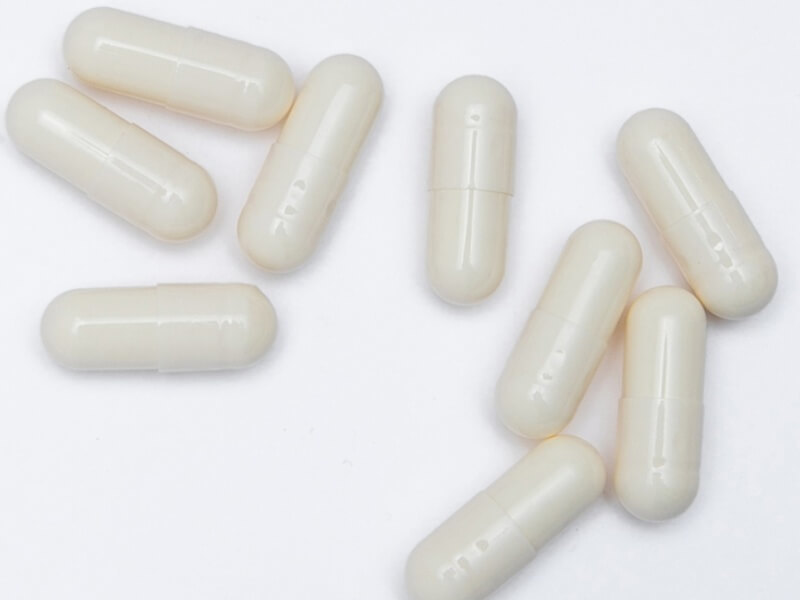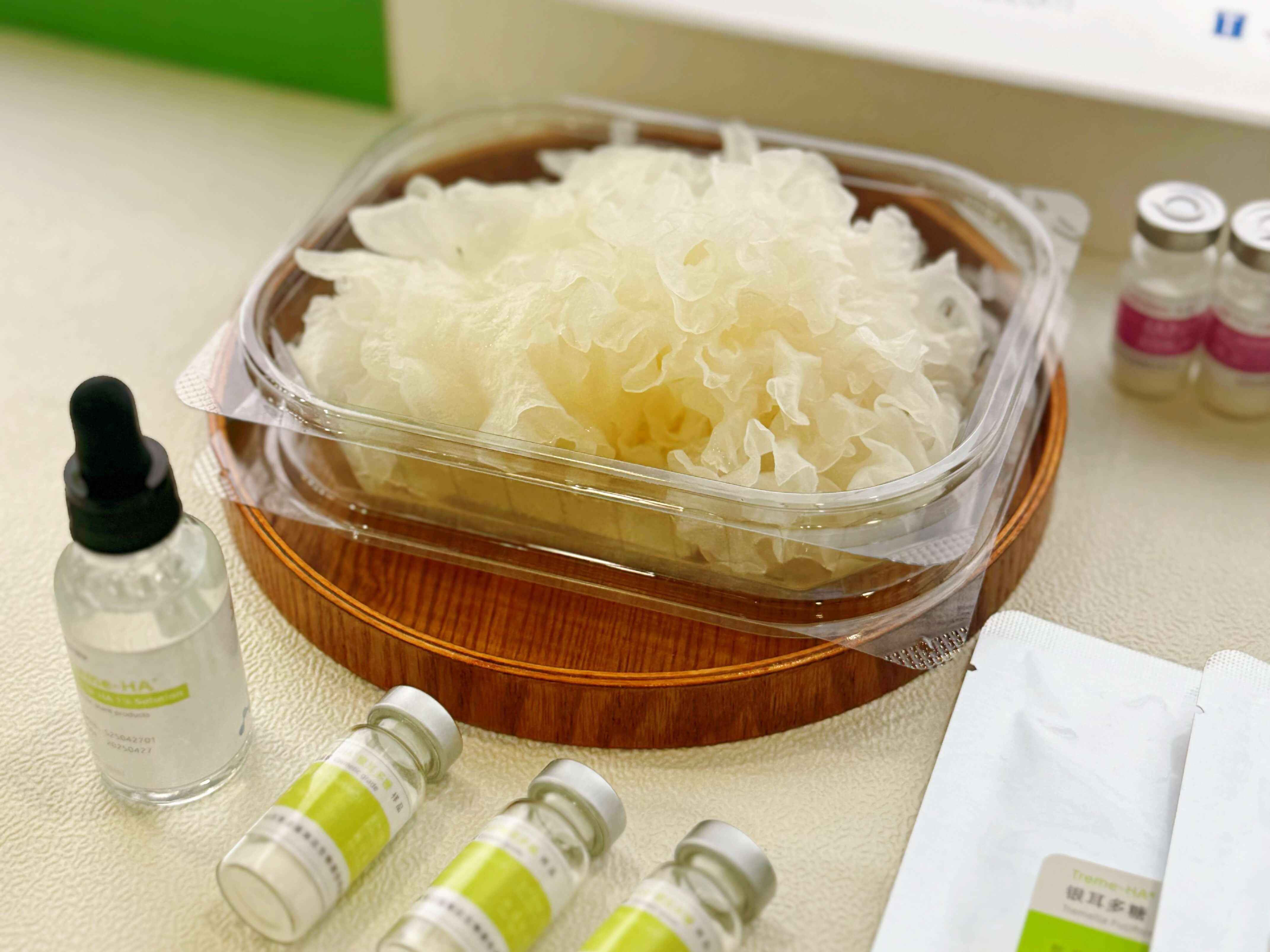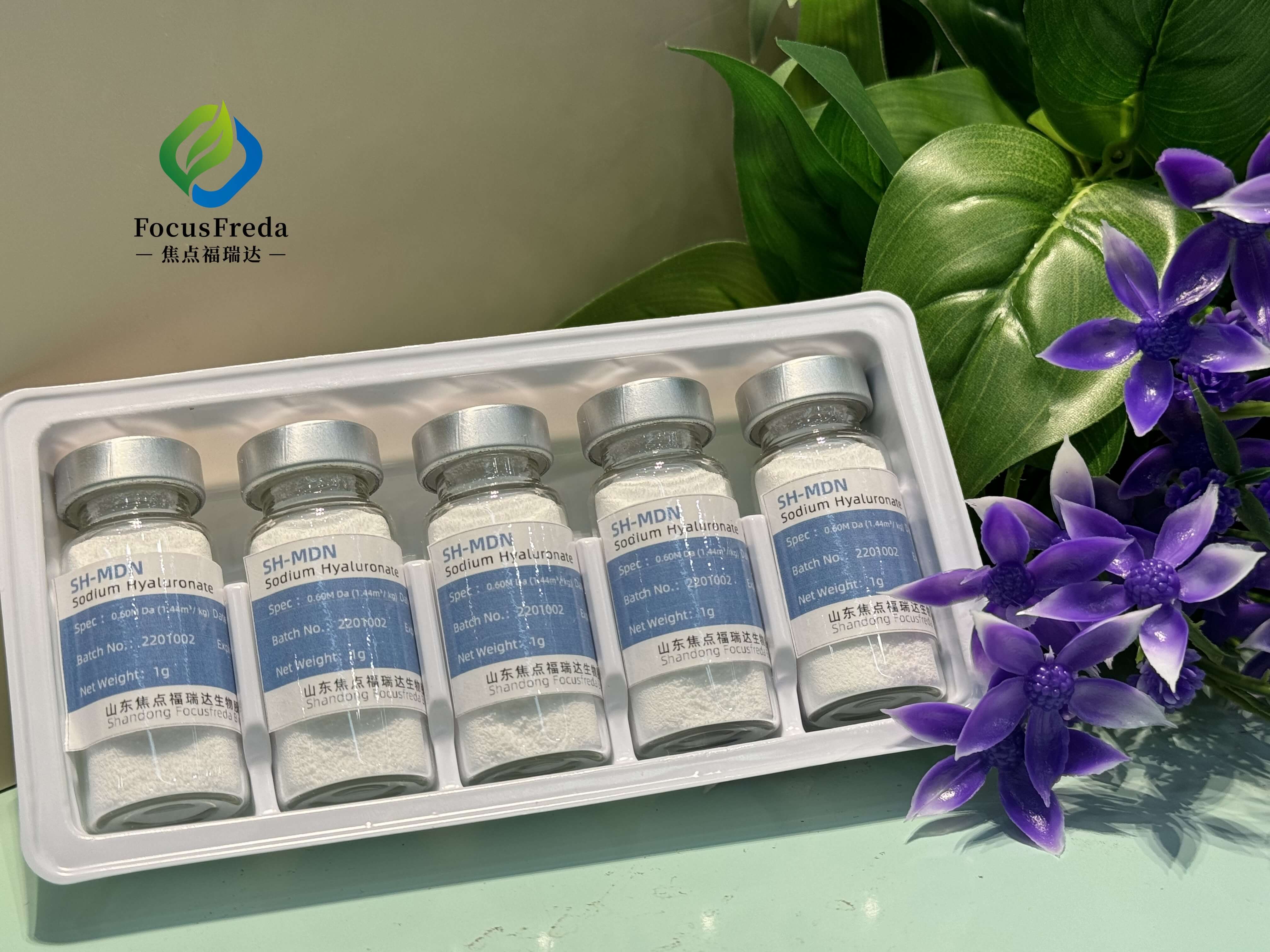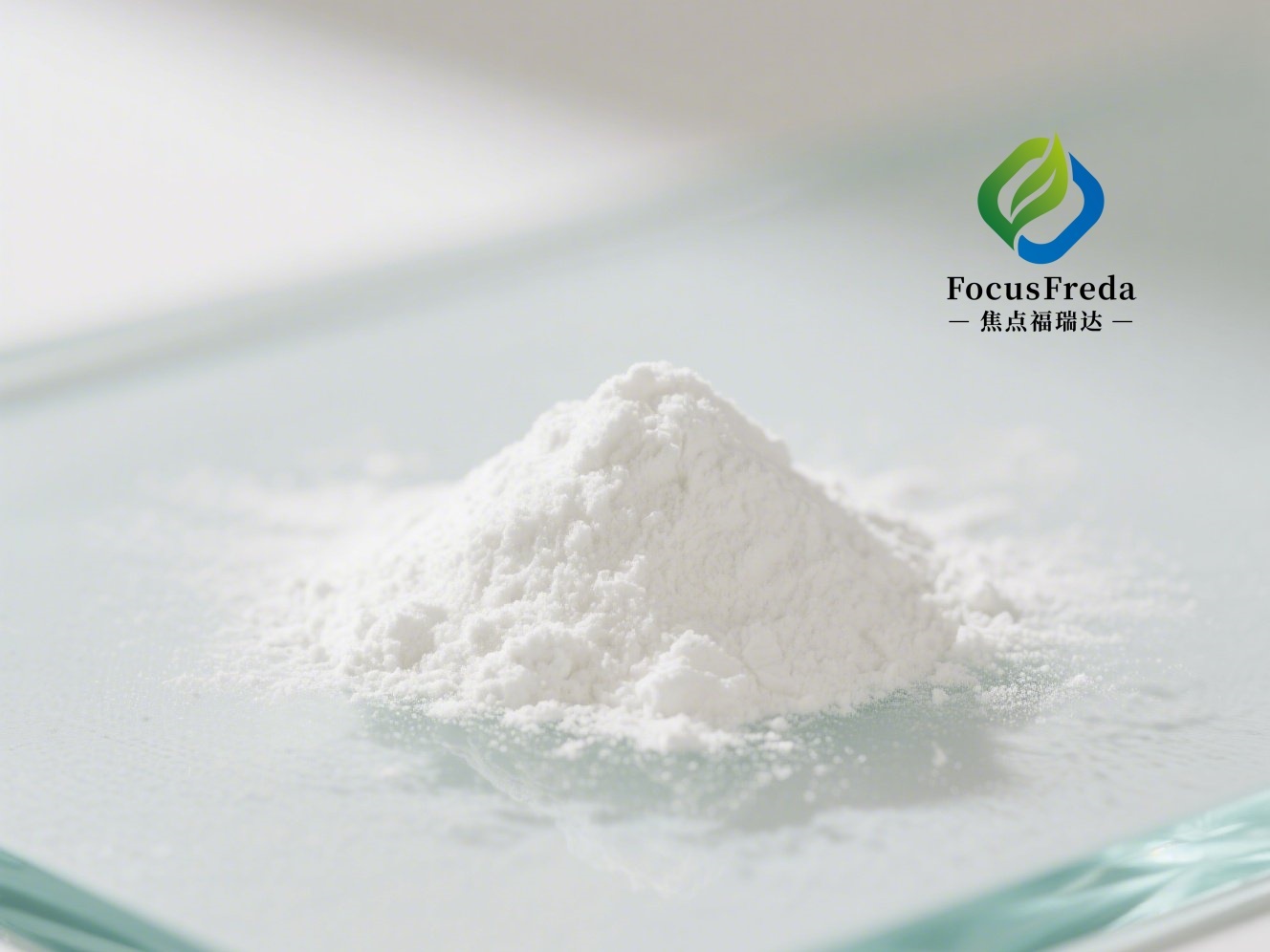What does GABA do to a Person?
Release time:
2025-01-13
Our brain is like a super - busy city, with neurons (brain cells) sending messages to each other all the time. Gamma - Aminobutyric Acid, or GABA for short, is a really important “traffic cop” in this brain city.

1. GABA: The Brain's Calming Messenger
GABA is a special type of chemical called an inhibitory neurotransmitter. Imagine neurons as little messengers passing notes to each other. When a neuron wants to send a message, it releases neurotransmitters into a tiny space called the synaptic cleft. GABA, when it's released, attaches to special “docking stations” (receptors) on the next neuron. These receptors are like gates that let chloride ions into the neuron. When more chloride ions come in, the neuron becomes more negative inside. It's like the neuron gets a “chill pill” and is less likely to send out its own message. So, GABA helps slow down the brain's message - sending process.
2. GABA and Saying Goodbye to Anxiety
Do you ever feel really nervous or worried? Well, GABA might be able to help. There's a part of the brain called the amygdala that's like an “emotion alarm” for fear and anxiety. When GABA is around, it can turn down the volume on this alarm.
Some medicines, like benzodiazepines, work by making GABA even better at its job. They help GABA stick to its receptors more easily. This is like giving GABA a little boost to calm down the parts of the brain that are making you feel anxious.
3. GABA: Your Sleep - Time Helper
Getting a good night's sleep is important, and GABA is here to help. The brainstem and hypothalamus are like the brain's sleep - wake controllers. As bedtime approaches, GABA levels in these areas start to rise.
The brainstem has some neurons that keep us awake and alert. GABA comes along and tells these neurons to take a break. It's like GABA is saying, “Time to wind down, guys!” By doing this, it helps our brain relax and get ready for sleep.
4. GABA and Keeping Muscles in Check
In the spinal cord, GABA is like a muscle - tone manager. Our muscles need to be neither too tight nor too loose. Motor neurons in the spinal cord tell our muscles what to do. But there are also GABA - releasing neurons that can tell these motor neurons to slow down.
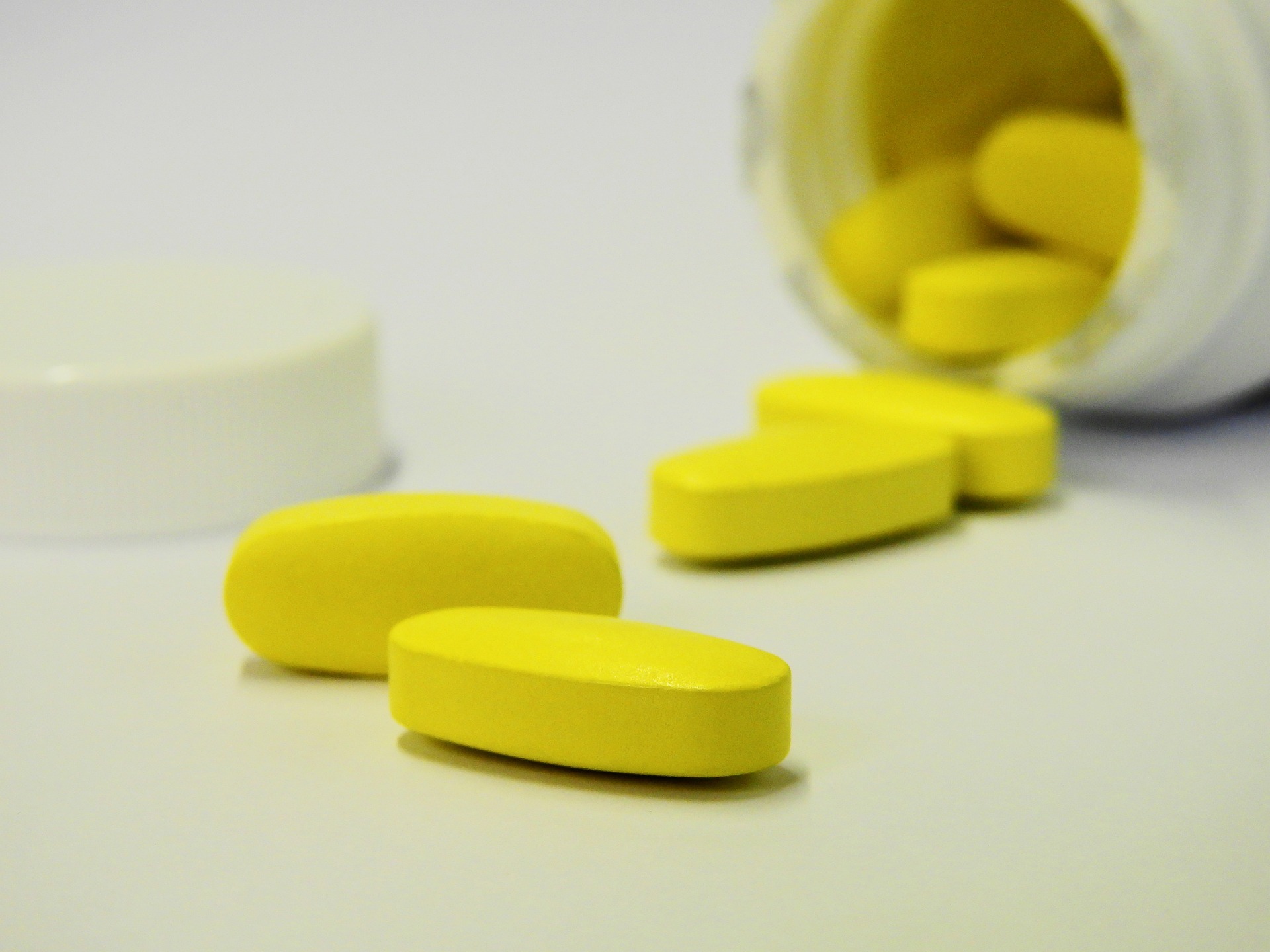
If something goes wrong with the GABA in the spinal cord, our muscles can get too tight. This is called spasticity. For example, in a disease like multiple sclerosis, the part of the neurons that helps them work well (the myelin sheath) gets damaged. This can mess up the GABA system in the spinal cord, making muscles spastic. But there are medicines that can help by making GABA work better and relaxing the muscles.
5. The Dynamic Duo: GABA and HA
Sodium Hyaluronate (HA) is well - known for its hydrating properties in the skin, but its potential synergy with GABA is an emerging area of interest.
GABA, as we've seen, has a profound impact on the nervous system, regulating mood, sleep, and muscle function. HA, on the other hand, not only plumps up the skin but also has anti - inflammatory properties. In the context of skincare, products that combine GABA and HA could potentially offer a double - whammy. GABA might help reduce stress - related skin issues, like breakouts or rashes that can occur due to high anxiety levels. Meanwhile, HA keeps the skin hydrated, smooth, and looking healthy.
In the body, HA is also present in joints, where it acts as a lubricant. Combining GABA with HA could potentially be beneficial for people with joint problems accompanied by stress - induced muscle tension. GABA could help relax the muscles around the joints, while HA supports joint function by maintaining its cushioning and lubricating properties. This combination might offer a more comprehensive way to manage both physical and mental aspects of health, from a calm mind to healthy skin and joints.
So, GABA is like a multi - tasking superhero in our body, helping with our mood, sleep, muscles, and thinking. Understanding how it works, especially in combination with other beneficial substances like HA, can help us take better care of our brains and bodies.

Previous
BLOGS
Can a Capsule Hydrate Your Skin? Yes—If It’s Hyaluronic Acid or Sodium Hyaluronate
Discover how oral hyaluronic acid supplements improve skin hydration, elasticity and inner beauty.
Which Natural Skincare Ingredient Has a Million Molecular Weight?
Discover which natural skincare ingredient has a molecular weight of one million Daltons. Learn how Tremella fuciformis (snow mushroom) works as a plant-based moisturizer to hydrate and protect your skin naturally.
Similarities and Differences between Sodium Hyaluronate Powder and Aqueous Solution
Explore how sodium hyaluronate powder and solution differ in use and form. Focusfreda offers both to meet your custom formulation needs.
As a Sodium Hyaluronate Sales Manager, What Questions Do We Ask Our Customers?
Discover key questions sodium hyaluronate sales managers ask customers—from application needs to certifications—to build trust and tailor solutions. Partner with Focusfreda for expert support.
Does Sodium Hyaluronate Have a Color?
Does sodium hyaluronate have a color? Learn whether this popular skincare and medical ingredient is truly colorless, and why its clear appearance makes it ideal for various formulations.
Can Hyaluronic Acid (Sodium) Be "Customized To Individual Needs"?
Can skincare ingredients be customized like ordering coffee? Focusfreda's sodium hyaluronate liquid solution offers diverse molecular weights and efficacy combinations for tailored skincare formulas!



